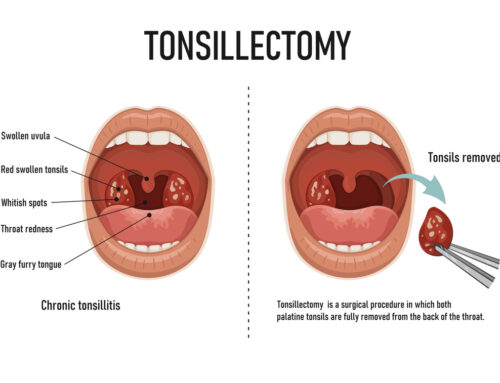Dysphagia is a medical term used to describe patients with difficulties swallowing. Typically, individuals struggle to swallow specific foods or liquids. However, some patients may struggle to swallow anything at all.
What are the symptoms of dysphagia?
Dysphagia symptoms vary from patient to patient. The primary symptom is the inability to swallow. However, other signs of the condition are also usually present. These include difficulty chewing food correctly, drooling of saliva, a feeling that food is stuck in the chest or throat, a tendency to bring food back up through the throat, and coughing or choking while eating and drinking.
Because dysphagia makes it harder for people to eat, weight loss is another common symptom of the condition. Patients may not be able to swallow sufficient calories without medical help to keep their weight stable. If food gets stuck in the throat, it may also make chest infection more likely.
What causes dysphagia?
Dysphagia is a generalised term to describe any form of difficulty swallowing. It is usually the result of an underlying medical problem.
For example, conditions that affect the nervous system are a common cause of dysphagia. Strokes, dementia, multiple sclerosis and head trauma can all make it difficult for a person to swallow.
Dysphagia can also result from cancer. Cancer of the oesophagus, for instance, can create a physical obstruction that makes it challenging for patients to swallow. It can also affect the muscles responsible for swallowing, again making the action harder for patients to complete.
Children may develop dysphagia because of conditions, such as cerebral palsy. Learning disabilities can also affect the ability of the brain to learn how to swallow reliably.
Lastly, some people may develop gastro-oesophageal reflux (GORD)-related dysphagia. Stomach acid makes its way back up the oesophagus, making it painful to swallow.
How do you treat dysphagia?
Medical professionals treat dysphagia in different ways depending on the cause. An outright cure is rare. However, management can be highly effective.
There are various treatments available. For some, the best option is surgery that widens the opening of the oesophagus (the tube that runs from the mouth to the stomach). This operation provides more room for food boluses to pass down.
Other patients may benefit more from tube feeding. Here, medical professionals pass a tube directly down the throat into the stomach, bypassing the need to swallow entirely.
Patients can also learn how to swallow again with speech and language therapy. This training exercises the muscles involved in swallowing in the throat, making them stronger and improving swallowing reliability.
Lastly, treatment can involve changing the type of food and drink going into the body. Patients, for example, may receive liquid meals or might have their food mashed up for them before they eat it. They may also avoid stringy food that requires a lot of chewing, such as sausages.
Additional complications of dysphagia
Dysphagia is a potentially serious medical condition because it can cause choking if food enters the trachea – the tube that leads to the lungs. If food debris enters this part of the body, it can lead to persistent infections, including potentially life-threatening conditions, such as pneumonia.
Because of this, patients with dysphagia should be carefully monitored for pneumonia symptoms, including coughing or a gurgly voice while eating or drinking, or difficulty breathing.






